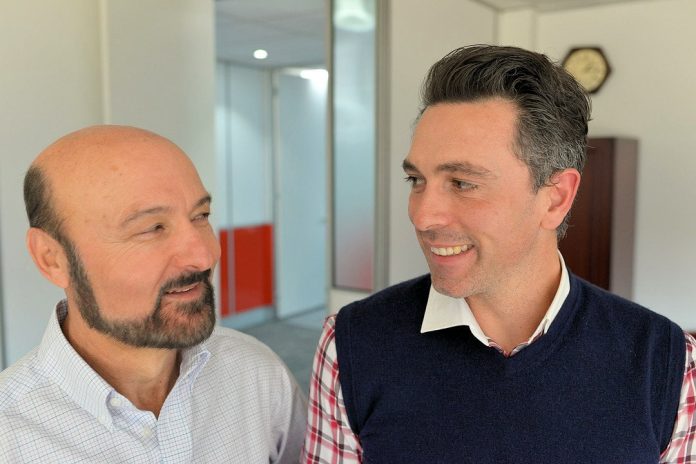Ness MEZZO security and automation panel went off like a firecracker at Security 2015. We spent some time with Naz and Elian Circosta to find out more about the development of Security 2015 Expo’s best new product.
Ness is one of the Australian electronic security industry’s pioneers and it’s very satisfying that the company which brought us the first modern solid state alarm panel, the Ness 5000 back in the 1980s, has now developed Mezzo, the first alarm and automation controller of the app-based IP generation.
That temporal satisfaction has layers. Naz Circosta was instrumental in developing the 5000 panel and his son Elian was instrumental in the development of Mezzo. Talking to the boys I get a strong sense that they represent the best technical qualities of their respective generations. In multiple ways, Mezzo is a compromise between 2 technologically uncompromising personalities and this dichotomy defines Mezzo and makes it wider and deeper than many of its competitors.
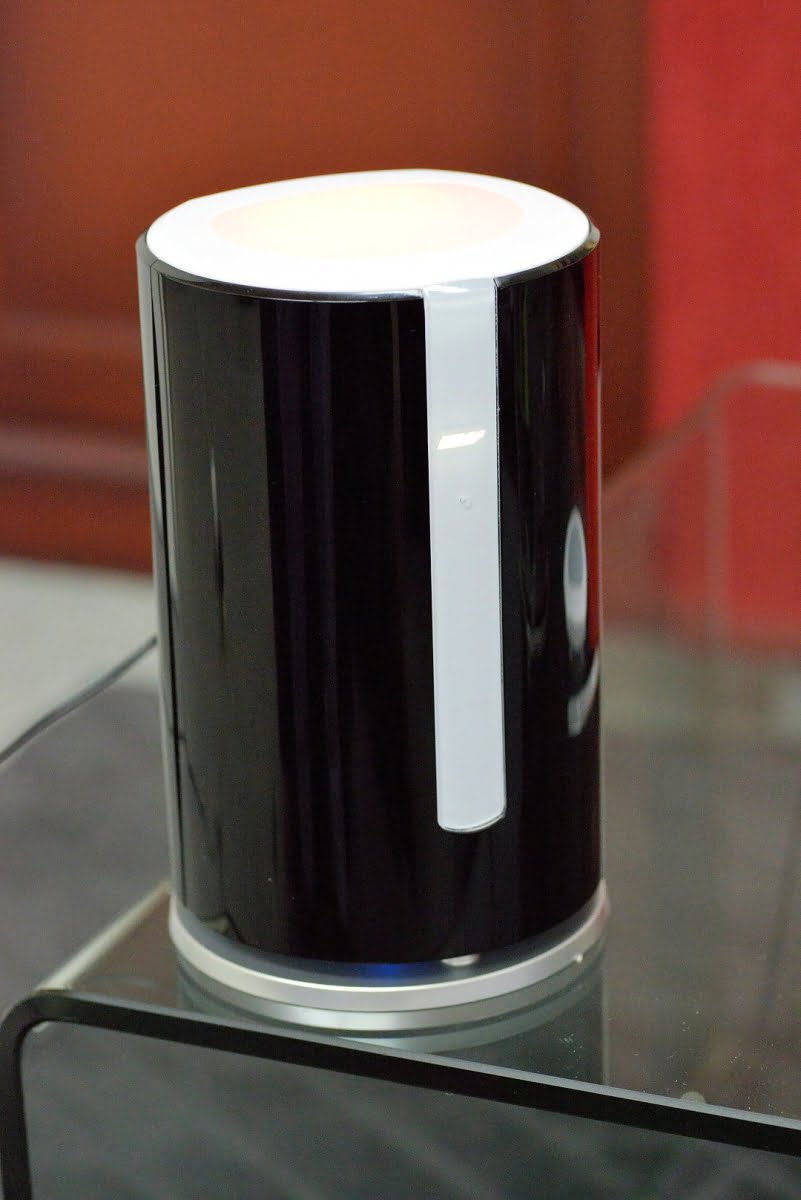
From the old school, Mezzo brings a local controller with local smarts and complete redundancy in power and comms, while from the younger generation, Mezzo brings lateral expansion in any direction thanks to device agnosticism and accessibility from smart devices. Where’s the compromise pivot point between traditional systems and the new generation of cloud-based gear? It’s that while Mezzo is cloud-compatible, it’s not a construct of the cloud. This is a living, breathing control panel with layers of internal redundancy, an onboard Wi-Fi router allowing Wi-Fi communication with local smart devices and local networks, spread spectrum comms for local security devices, with everything supported by 3G.
You expect a privately-owned company like Ness, one of the last manufacturers to still build electronic security product in Australia, to tend towards over-engineering its solutions. That’s exactly what Ness has done here. Mezzo has had a long development timeline and the team has polished and shaped ideas like technological lapidaries, adding facets and layers of delicate touches to make a fine product, great.
Sitting in Naz’s office at Seven Hills listening to the boys talking about their system, it’s hard not to be drawn in. Sure, this is a local solution but the story of Mezzo is also the story of Ness. The engineering team has incorporated the lessons of decades of alarm manufacture into design and build. And there’s a hard edge to the story. Cradling this sweet technology is the anvil of a fast-changing market. For Ness, Mezzo is blood and bone.
Conception and development
“Mezzo was conceived by Elian – he wanted to change direction a long time ago and he’ll say he spent a couple of years trying to convince the rest of us,” laughs Naz. “By the time we started the project 4 years ago we were undecided about our channels to market but we know a lot about the US market and have friends there and consider it a good indicator of the future.
“We could see there were trends in the US – automation was becoming the next big thing 5 years ago – the 2GIG panel is the best example. Another highly successful company has been Alarm.com and we’ve known them for about 10 years. And as PSTN began disappearing and communications moving to GPRS, another trend was emerging.”
According to Naz, RMR in the U.S. had fallen under $US20 per month, sometimes under $US10. This was a big deal – there had to be a way to bolster turnover, to increase value in the business model.

“Some providers realised automation was the way of the future – an alarm with Z-wave and interactive control, including remote arming and disarming and controlling a number of Z-wave switches,” says Naz. “This got RMR back up towards $US60 per month and for this reason I say automation was the saviour of the security industry.”
“Watching what was happening in the U.S. we felt we could not rely on the old ways,” he says. “After the GFC hit it felt like you could not give away control panels. Some companies now sell a control panel, 2 detectors, a keypad, siren, battery for about 100 dollars. That’s a no-win situation and it added fuel to Elian’s idea of developing an app-driven product – something that had wider appeal to the local and overseas markets into which we sell our products.”
According to Naz, during the process the team took what would become MEZZO to the US and were told that a hub-style solution was what clients were asking for.
“That surprised us,” says Naz. “The U.S. companies were interested in the product and said there was nothing like it – nothing that was strong on the security side. We realised we had an advantage – we are experts in security, we know controllers, we have all our peripheral devices and we have design, engineering and manufacturing facilities of our own.”
MEZZO is Elian’s baby and I get a sense of how invested he is in the product when during our demo something doesn’t go perfectly right – he just can’t let go of it.
“This was a ground-up build, we employed all our own electronics and poured all our accumulated expertise into MEZZO,” Elian explains, turning a bright red controller over in his hands. “We started with ideas about the controller – we had a vision of what it needed to do – to handle alarms, CCTV, and multiple communications paths. We wanted MEZZO to work locally and we wanted to incorporate a Wi-Fi router so users could use a smart phone or tablet app even if there’s no internet in the home or the connection is down.
“Of course, we took this one step further,” he says with a wry grin. “The 3G communicator is there so that when the controller detects the loss of a network connection it will take over and handle management instructions and communication. And that 3G doesn’t just support management and communication of alarm events, it supports CCTV, intercom and medi-alarms as well.”
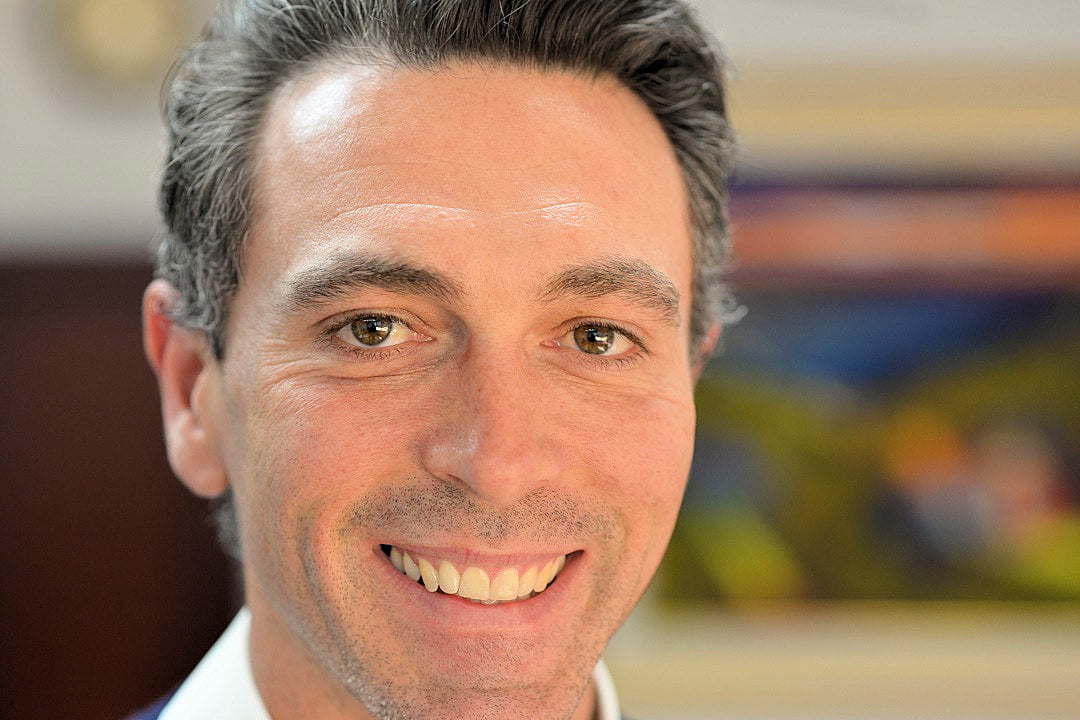
Cloud is a key element of most security and home automation systems but the Ness team has worked hard to ensure MEZZO is not cloud-dependant.
“We allow a connection to the cloud as a pass-through but the intelligence of Mezzo is not in the cloud, which liberates the system from network contention and failure,” Elian says. “There are no cloud-based actions, cloud is used only as a backup for storing optional CCTV images. This means that cloud provides function but we are not reliant on it for intelligence or communication.
“We made MEZZO a full security system partly because it can be an issue with alarm messages being passed through the cloud – some monitoring stations don’t like receiving WAN-based communications and insist alarm signals come direct from the alarmed premises to the central station,” he explains.
There can also be an issue with getting the capabilities you want.
“A lot of manufacturers have built a product and then gone into partnership with a third party provider so they need to use their app, their server and as a hardware manufacturer, they are limited to what they can provide their customers. We decided to go ground-up on everything – including our app.
“We have 18 app inhouse designers working on our app who’ve been working full time for 18 months – in fact more resources have gone into the app than the hardware.”
According to Elian, something the Ness team realised during development of the product was that the Americans had become so reliant on cloud that perhaps the direction they’d taken wasn’t quite right for every application.
“Most the products in this space rely on the cloud for smarts and everything you do in terms of management and control with smart phones or a smart watch has to go through the cloud and this can cause latency,” says Elian. “With Mezzo all the smarts are onboard and you communicate with the controller directly via Wi-Fi – that means local operations are instantaneous.
“A lot of the cloud-based alarm systems are actually not very smart at all – they are doorways to the cloud – that’s all they do. From a technical perspective, cloud is a less expensive way to offer remote management and control – it means a company may not need to develop a controller, or it does not need a controller as capable as otherwise might be required. Cloud services have evolved to a point they give you this management and control but they have limitations.”
Naz agrees.
“Yes, that’s a big difference with Mezzo,” he says. “While it leverages cloud functionality, Mezzo is not cloud-based. With other solutions if you want to activate a light, it has to go to the cloud and be actioned there and an instruction comes back. The delays are variable and in no case are they instant. Sometimes if there are network issues, the delays are lengthy and that’s an issue if you are trying to control garage doors, door locks or lights in real time.”
Features of MEZZO
At its core, MEZZO is a smart home controller that combines spread spectrum wireless, Z-wave and IP technologies to handle multiple security and automation, energy management, intercom, CCTV and medical alarms and reporting into one battery-backed wireless control unit.
Expansion is considerable – Mezzo accepts 128 Ness 2-way wireless security devices, 247 Z-Wave devices from any Z-Wave manufacturer, as well as 8 Ness vuHoo cameras and one Ness uHoo intercom. The system is managed by MEZZO App via a dedicated WiFi router with a backup 3G path. Meanwhile, spread spectrum gives a secure 2-way radio protocol between the MEZZO hub and wireless security devices.
Unlike some other solutions, there’s no web browser in MEZZO. Instead, the app does everything and communicates directly with the controller via local Wi-Fi.
“We spent all our money on the app,” says Elian. “In our opinion, using an Internet browser is last generation. If you are out of the house or overseas you always have your phone with you and need an interface that works well with a mobile device.”
Looking at everything that’s been wedged into this solution I can’t help wondering, how did the design process start? Did you start with one of your own controllers?
“We used a lot of things – some pieces of technology and components we had developed for other products, some things we had to start from scratch,” says Naz. “We used our own proprietary security protocol for wireless and there were other things from Security Guard, which we still manufacture and sell. That product has 3G, remote control and an app, so we used some elements of that, as well as conceptual things we’d learned from that product.”
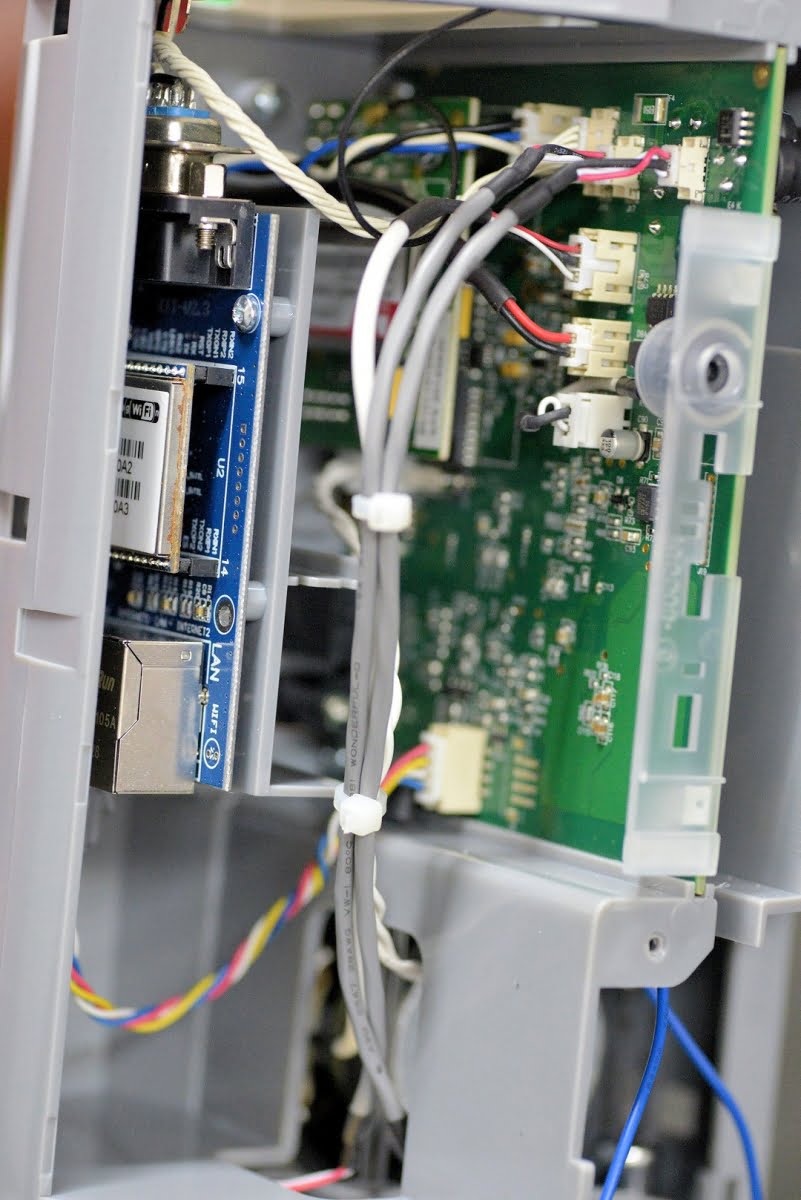
In terms of fitting all that tech in such a small case, were there difficulties with that?
“One of the key challenges is the fact there are so many radios in one box, all interfering with each other,” Elian says, opening the housing and pointing the internal antennas out to me. “Wi-Fi, Z-Wave, 2-way spread spectrum and 3G cellular – there are 4 radios in close proximity so there are harmonics. Most use a similar wavelength up around 900Mhz, so there were issues with antennas.”
Naz says the team took a no comprises approach.
“We created and tuned our own Wi-Fi antenna. We gave MEZZO twin piezo sirens of 118 dB in tuned cavities – the siren is important still. There’s a good quality speaker and an amplifier in order to give high quality voice communication via the controller’s own instruction set, as well as for 2-way communication with intercoms. There are no compromises anywhere.”
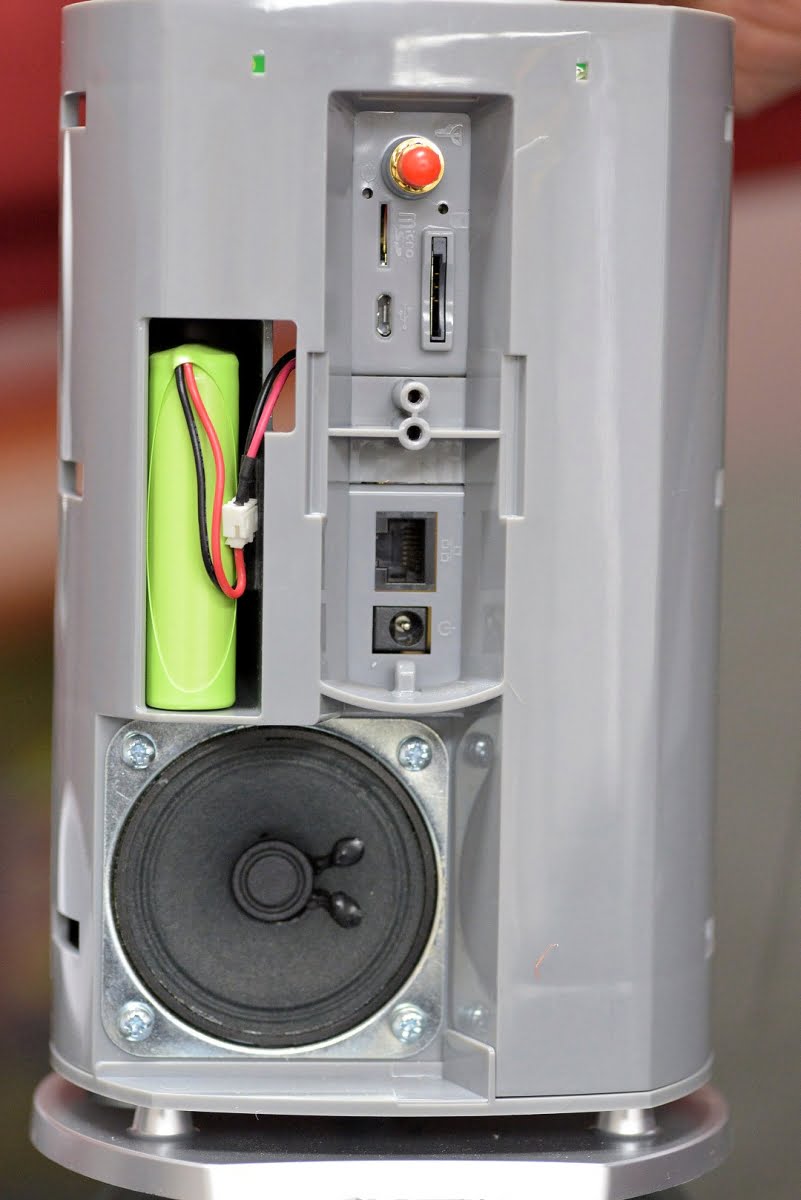
And there are loads of neat touches. MEZZO has an accelerometer as an internal tamper and there’s a courtesy light that activates when you walk by at night.
Manufacturing cameras
When you think Ness you don’t think of camera manufacturing but that was before MEZZO. It all began with a search for Wi-Fi video intercoms.
“We thought there would be loads of Wi-Fi intercoms on the market but there are not and that meant we had to design and build our own, which we call uHoo,” says Naz. “This was an aberration – we were building a controller and planned to use any Z-Wave peripherals, as well our own high quality security sensors – why reinvent the wheel?
“The trouble was that when we talked about a Wi-Fi video intercom everyone loved the idea but when we went looking for a product to fit the system, we simply could not find one. In the end we had to build uHoo to meet market expectations.”
uHoo is a standalone product but it also gives MEZZO video intercom capabilities. If someone rings the intercom bell, the app’s intercom function comes up on their smart phone or tablet. uHoo is clever and has a built in PIR – when someone approaches it will take three 720p colour snapshots, regardless of whether or not there’s a button press. Same as the rest of this solution, the layers of redundancy encompass uHoo which gives you intercom events over 3G if the network is down. And of course, a video intercom led to something more.
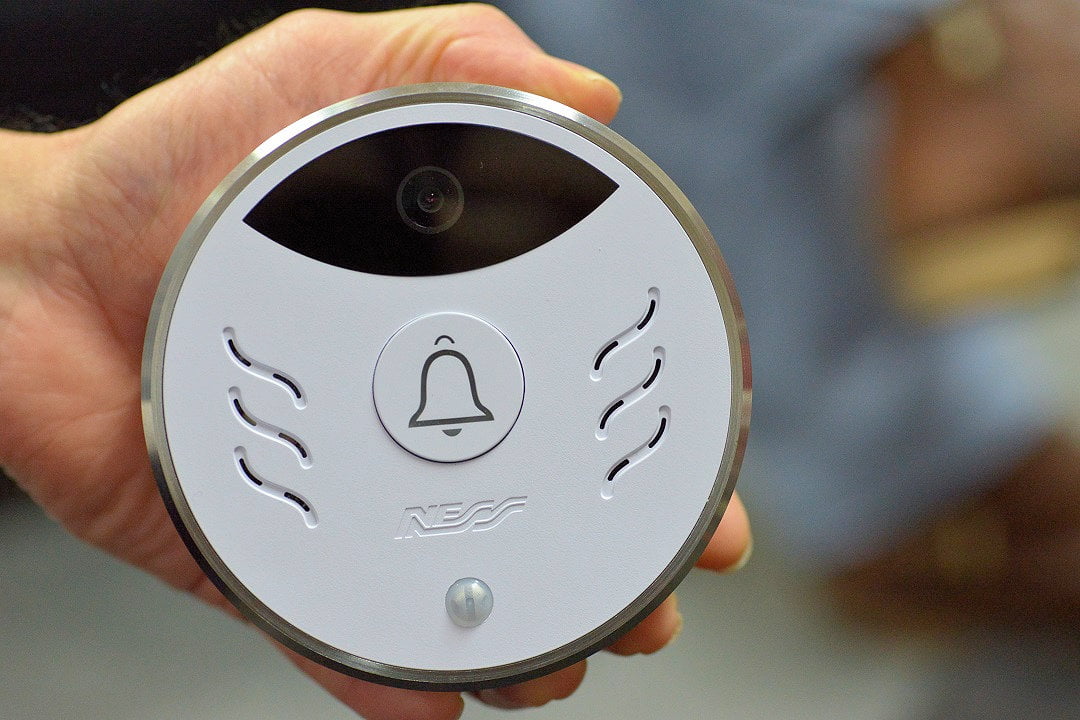
“Building uhoo, we decided to build our own camera as well,” laughs Naz. “All the IP cameras we looked at were either junk or very expensive and none were battery backed. Given we could not find what we wanted, it occurred to us we had done 90 per cent of the work when building the uHoo video intercom, so went ahead and built our own camera.”
Ness vuHoo is a motorised PTZ with a 130-degree field of view. It’s 1080p, battery-backed, has 5m IR – ideal for rooms and foyers – and there’s 2-way voice and a thermostat. Typically cool, you can incorporate vuHoo into Mezzo to handle rule-based automation via the app. For instance, if the temperature at a device reaches 26 degrees C, turn on air conditioning. There are other neat functions, too.
“We also have vuHoo’s base glowing in different colours, so if a child’s room is too hot you can see it glowing softly red from a distance and if it’s too cold the base glows blue – it’s ideal for parents looking into kids rooms,” says Elian.
Lateral capabilities
MEZZO is tough to categorise and not simply because it incorporates Z-Wave so you can hang any automation device you like off it. Wherever you look, Ness has done cool things with MEZZO. I’m in the middle of digesting the video intercom and CCTV camera – both of which have lovely build quality – when the boys whack me in the face with medi-alarms. It’s almost too much to take in.
“You look at a home from your own point of view as a consumer and see all the things you really want and then translate that to others,” Naz explains. “What do real people buy a camera for? Where will they place it and what integrated functions will be of value to them? Why do they want an intercom, how will they apply it, will they connect it with this piece of automation, this piece of control? If you can incorporate all these possibilities into one controller, that’s ideal.”
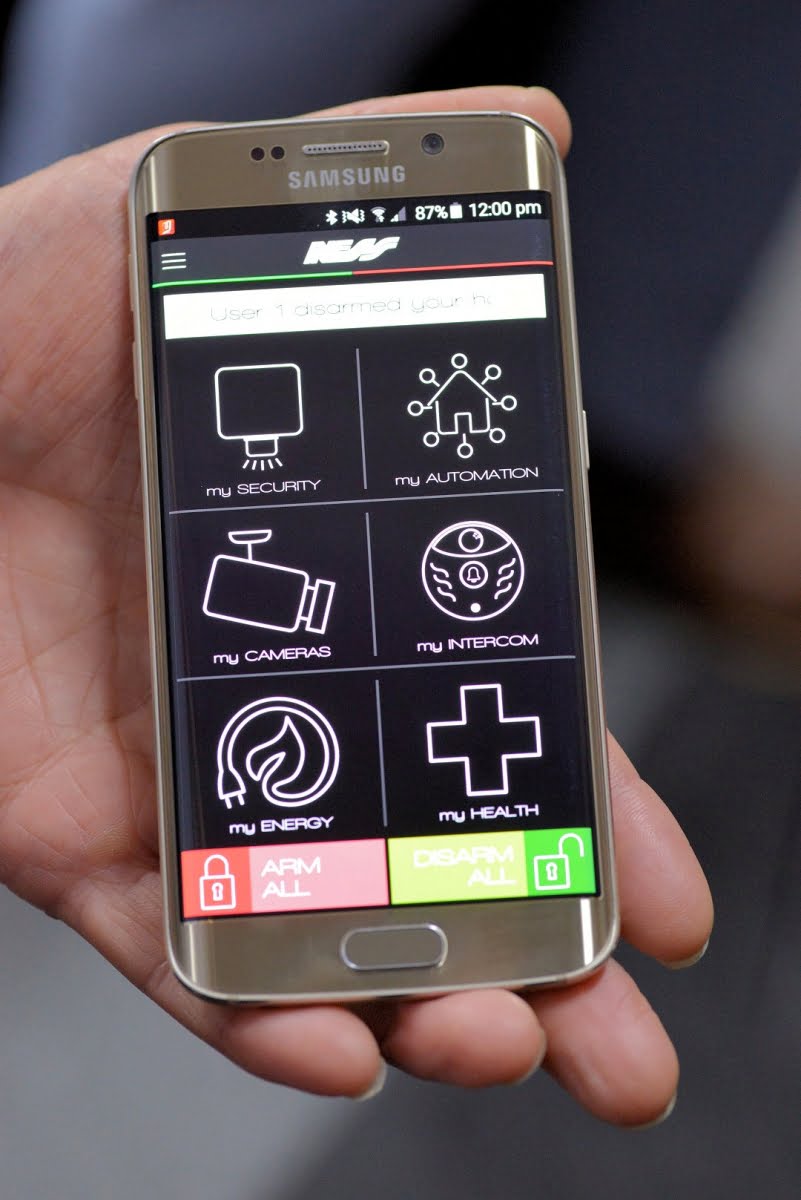
While I’m getting my head around this, Elian reveals with a half-smile that another capability of the system is energy management. By this time his Samsung is out again and we are waist-deep in the app.
“You monitor the energy use in your house using the information real-time energy graphs in MEZZO’s app,” he says. “MEZZO can pinpoint the times appliances are consuming the most energy, giving customers the power to manage their energy usage by taking advantage of off-peak energy prices and automatically turning off appliances that are not in use.”
To do a proper job of this requires that appliances be plugged into AC power via a Z-Wave switch which are plugged into the power point ahead of a power cord, or can be hardwired into switch circuits. It sounds expensive and complex but compared to proprietary automation solutions it’s laughably affordable. Something else that’s nice is that doing a proper job of Z-Wave is not DIY – you need an electrician – so if there’s a qualified sparkie in your alarm installation team you can give customers serious automation for a song.
“There’s a full medi-alarm built in,” says Naz. “It works quite separately to the security alarm. We have about 80 per cent of the Australian and NZ markets in medi-alarm devices so we’ve got the technology and capability to give MEZZO a professional level medi-alarm that can include wireless pendants and which announces an alarm locally and informs multiple contacts there’s been a medical emergency.”
MEZZO’s medical monitoring capabilities include inactivity surveillance, pill reminders and one-button emergency call. MEZZO also tightly integrates with Smartlink Nurse Call and Aged care personal safety products for the medical, security and aged care industries. All this is gold for installers looking for genuine sales hooks based on real community needs.
Driving MEZZO
The MEZZO app is a gem that’s as useful for installers and trouble-shooting techs as it is for end users. Elian runs through the process of setup of an appliance switch or a light switch and it’s simple but very powerful.
“The app is the key thing with this solution and it’s so easy to set up and manage,” Elian explains. “It’s a 2-step process for a Z-wave device. As you set up your phone, MEZZO starts to communicate verbally, telling you it’s ready to learn the device and you then assign a role to the switch.”
But it’s the neural nature of the control that’s so much fun. You just hop on the app and start joining dots – for instance, if something happens for this period of time, under these conditions, do this. You can name, review and edit these event scenes during setup and you then hit activate and you’re done. Elian activates a light and it’s so intuitive and easy.
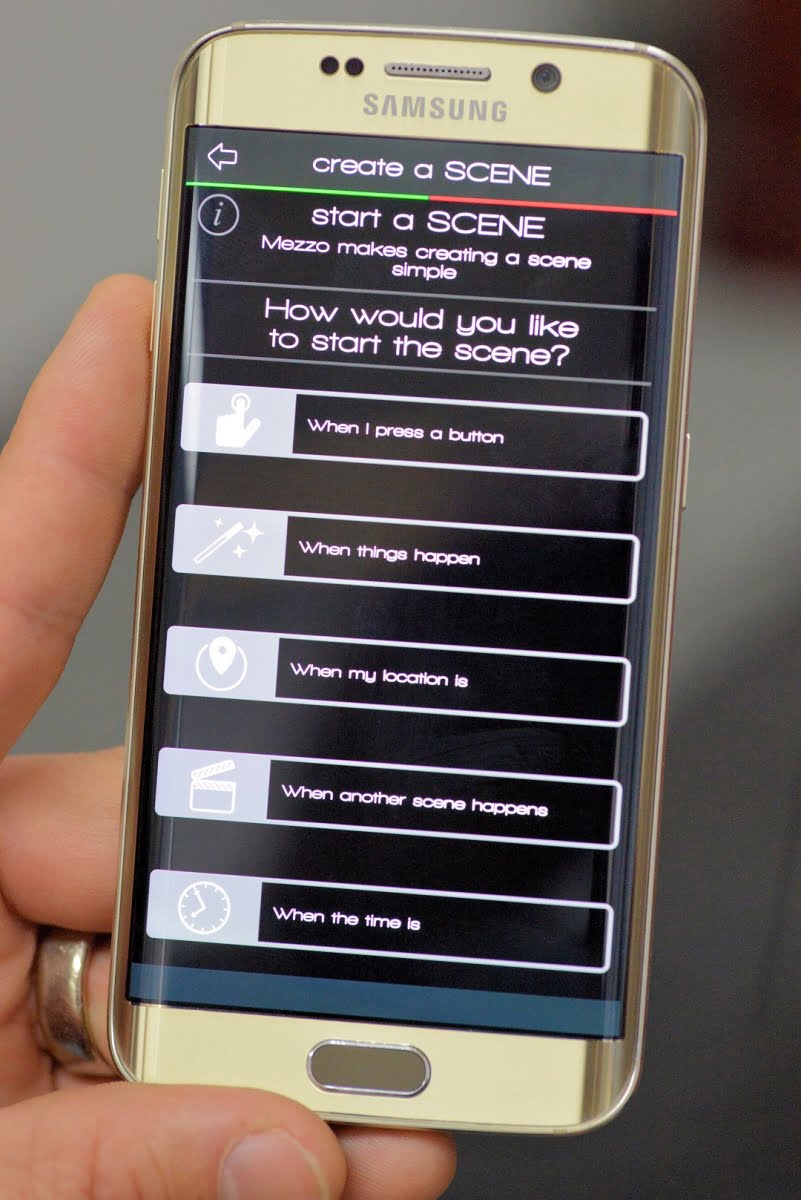
“That’s just the surface,” Elian says. “I can also control the system based on my location. There’s multiple staged geo-fencing that allows you to select concentric rings of proximity to your home and to have the system undertake an action at a given time of day, on a given day, based on your proximity to home and other factors.
“At 10km, the system might start the air con if the temperature is at a certain level. At 2km if it’s night, the outside light might come on, when I come up to the garage door, I want the roller door to go up, the alarm to disarm, entry locks to open and a selection of lights to come on.
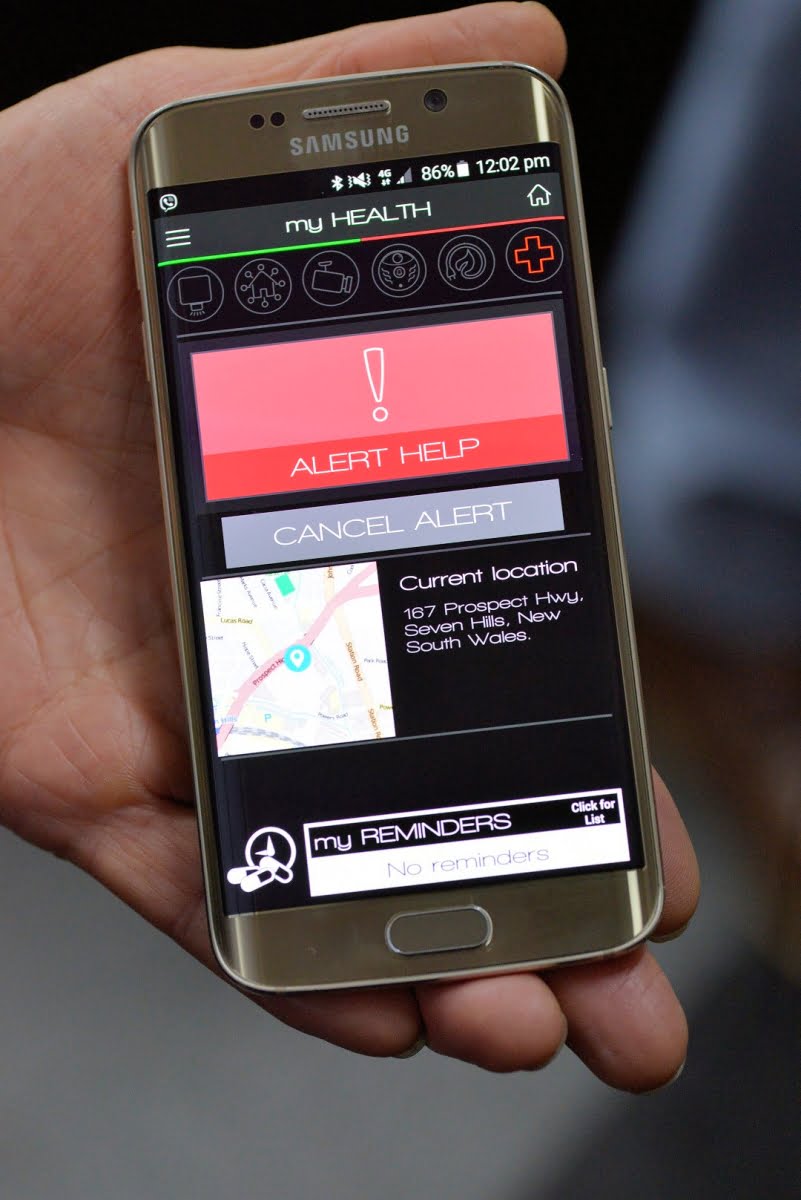
“You can have a Z-Wave switch on every switch in the house, as well as on every hard wired light. Obviously some devices like fridges must remain on but there’s an eco-mode and if you activate eco-mode MEZZO will turn off everything that is not programmed into the system as being necessary.”
You’d expect there to have been challenges and there were.
“It was way more difficult than we anticipated,” Naz admits. “It cost us millions, far more than we expected in terms of the amount of resources we needed to put into it. These things tend to grow and there were things we had no experience with – apps – once you get into the smart logic and GPS fencing – it’s more complex than you think. So is alarm transport and remote management and control. For a number of reasons it’s taken longer than we thought it would.”
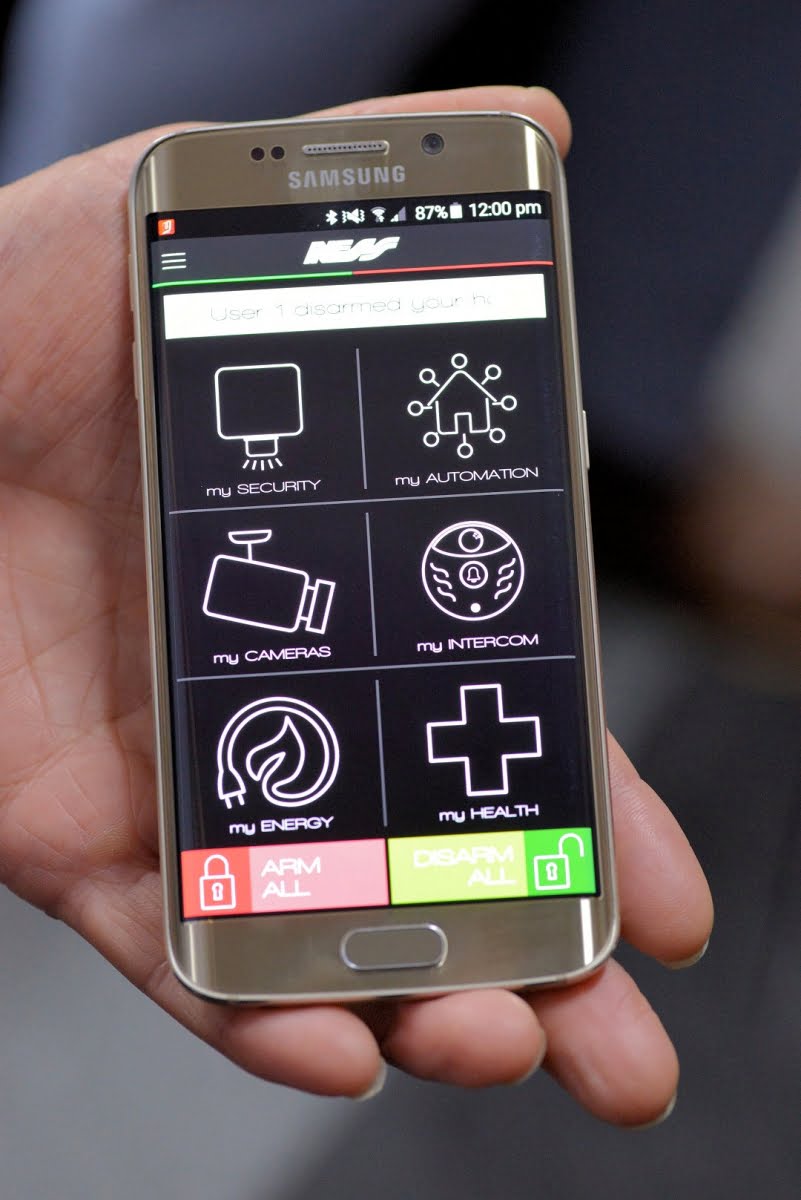
What’s been the hardest part of the development of Mezzo?
“Developing the free app has been the hardest part – it was new to us and that’s why we have so many resources on it,” Elian explains. “But despite the challenges we are very proud of this development. We know we have taken security and automation to the next level.” ♦



